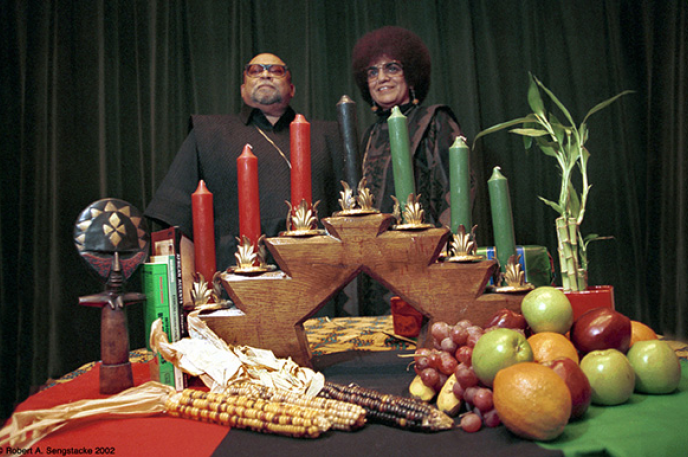
Winter Holidays from the Carolina Room: A look at Kwanzaa
December 18, 2019
NOTE: This blog is the third and final in a series on the history of winter holidays. We've covered Hanukkah, Moravian Christmas and now Kwanzaa.
What is your favorite memory from celebrating Kwanzaa?
Kwanzaa is celebrated from December 26-January 1. The celebration was created by Dr. Maulana Karenga, professor and chairman of Black Studies at California State University-Long Beach, in 1966 to celebrate the African culture and the African harvest.
After the 1965 Watts riots in Los Angeles and a series of police clashes, Karenga formed a discussion group called “The Circle” to spread awareness of issues that plagued the Black community. He felt that the black community didn’t have a holiday that they could identify with, so he created one.
Courtesy of SporcleBlog
Kwanzaa is a Pan-African cultural holiday, uniting people of African descent all over the world. Kwanzaa is derived from the Swahili phrase, “matunda ya kwanza,” meaning “first fruits.”
There are seven candles to represent each pillar of Kwanzaa:
- Unity (Umoja)
- Self-determination (Kujichaguila)
- Collective work and responsibility (Ujima)
- Cooperative economics (Ujamaa)
- Purpose (Nia)
- Creativity (Kuumba)
- Faith (Imani)
Unity means doing everything together as a family, community, nation and race. Self-determination is defining, naming, creating and speaking for themselves as a nation. Collective work and responsibility mean solving family problems together. Cooperative economics is to profit from businesses together. Purpose is restoring people and their community to greatness. Creativity is to do everything possible to make their communities more beautiful than it was when it was inherited. Faith is believing in the community and the victory of their struggle.
Courtesy of History.com
There are also seven symbols of Kwanzaa:
- Woven mat (Mkeka)
- Candleholder (Kinara)
- Seven candles (Mishumaa saba)
- Unity cup (Kikombe cha umoja)
- Ear of corn (Vibunzi)
- Bowl of fruits and vegetables (Mazao)
- Gifts for children (Zawadi).
African culture, history, foundation, identities and aspirations are demonstrated by the woven mat. During Kwanzaa, reflections on the past and how it benefits the future are made. The mats were made from straw, African mud cloth, and other African textiles. This is the foundational symbol upon which the other symbols are placed.
Ancestry is honored through the candleholder, standing tall as the original stalk from which African ancestors came. Sun and light are depicted by the seven candles (3 red, 3 green, 1 black). The red candles stand for Kujichaguila (self-determination), Ujimaa (cooperative economics), and Kuumba (creativity); the green candles stand for Nia (purpose), Ujima (collective work and responsibility and Imani (faith); the black candle stands for Umoja (unity). Each night, one candle is lit, and the purposes are reflected upon.
Courtesy of KwanzaaKeepers.com
The unity cup celebrates the ritual that takes place on the sixth day of Kwanzaa (tambitko). During this ritual, each person takes a sip of a libation (a drink made of juice, wine or water). The eldest person in the room blesses the cup, holds the libation to the four winds (north, south, east, and west) to bless their ancestors, pours some on the floor and says "Amen." The elder will always drink the last drops of the libation.
One ear of corn is given to each family to represent the children. It signifies the lessons in discipline, positive thinking, expectations, compassion and self-direction the child is expected to carry forward to future generations. In families without children, an ear of corn is given to support the children of the community.
Fruits and vegetables depict the African harvest festival, reaffirming the commitment to the unity, thanksgiving, joy and sharing of the work put into planning all economic parts of the community. Laws, values and customs recognize those that fed the community and the animals.
Courtesy of the Long Beach Post
Joy, family and thanksgiving are the meaning behind the fruit basket. The baskets of fruit also demonstrate the farmers’ sacrifice and collective labor to reaffirm commitment and responsibility to the community.
Throughout Kwanzaa, gifts are given to children in order to promote self-determination, purpose and creativity. These are normally handmade to avoid the chaos of the Christmas shoppers. Examples of gifts include dolls, mats or cards. You become part of the family when you accept a gift, and it is that person’s responsibility to continue the gift giving if they are the host.
--
“Kwanzaa.” History.com. Accessed December 2019. https://www.history.com/topics/holidays/kwanzaa-history
Watson, Stephanie. “The History of Kwanzaa.” HowStuffWorks. Accessed December 2019. https://people.howstuffworks.com/culture-traditions/holidays-other/kwanzaa2.htm.

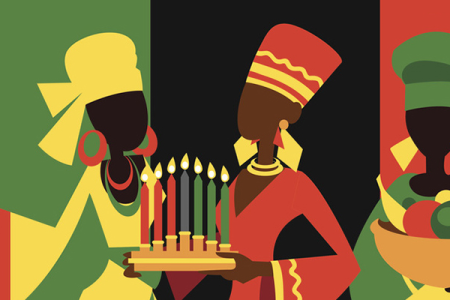
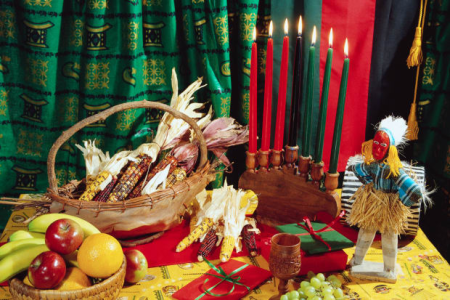

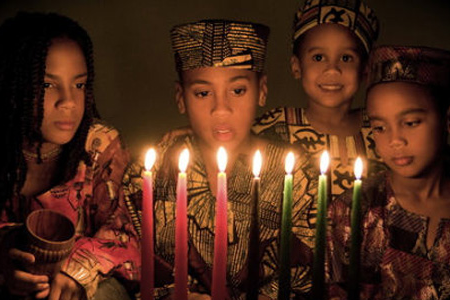

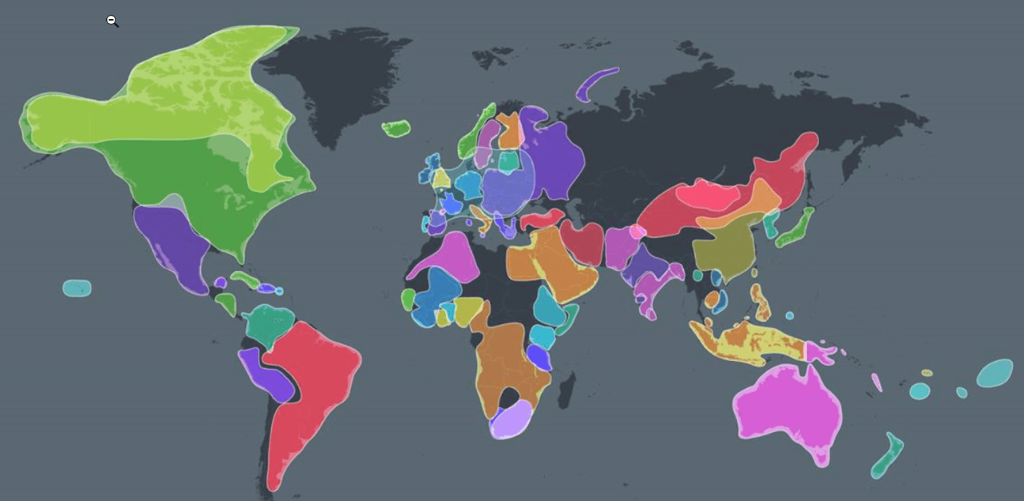
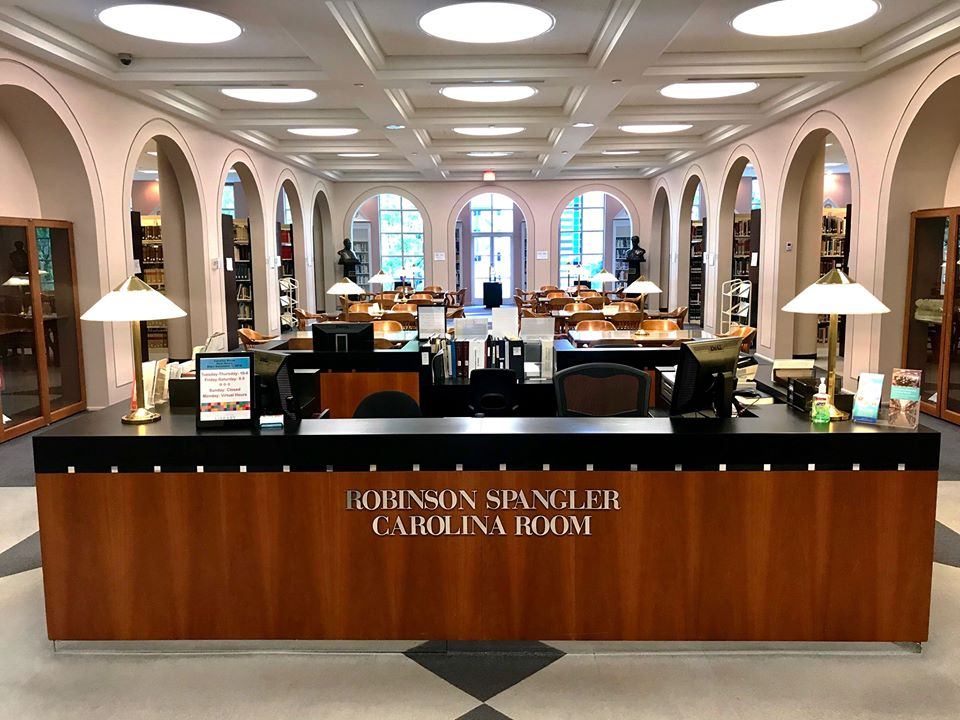

 The earliest recorded new year’s celebration occurred in March (on the Gregorian calendar) about 4,000 years ago in Babylon, in an ancient Mesopotamian city located in what is present-day Iraq. Babylonians observed Akitu (derived from the Sumerian word for barley) to celebrate the new year with an 11-day religious festival. This festival allowed them to practice rituals, elect a new ruler or approve the continuation of the current ruler and celebrate the victory of the sky god, Marduk, over the sea goddess, Tiamat. (Right photo: Chinese New Year Mongkol Chuewong/Getty)
The earliest recorded new year’s celebration occurred in March (on the Gregorian calendar) about 4,000 years ago in Babylon, in an ancient Mesopotamian city located in what is present-day Iraq. Babylonians observed Akitu (derived from the Sumerian word for barley) to celebrate the new year with an 11-day religious festival. This festival allowed them to practice rituals, elect a new ruler or approve the continuation of the current ruler and celebrate the victory of the sky god, Marduk, over the sea goddess, Tiamat. (Right photo: Chinese New Year Mongkol Chuewong/Getty)  Today, the world continues to celebrate the new year in a variety of festive (and delicious) ways. In Spain, a dozen grapes are hung right before midnight to symbolize hope in the months ahead. Financial success is symbolized by eating legumes and lentils in Italy and black-eyed peas in the southern United States. In Cuba, Austria and Hungary, pork is eaten to represent progress and prosperity. Ring-shaped cakes and pastries are eaten in the Netherlands, Mexico and Greece to show how the year has come full circle. Good luck and fortune are represented in Sweden and Norway by a hidden nut in rice pudding. (Left photo: NYE Copenhagen, dailyscandinavian.com)
Today, the world continues to celebrate the new year in a variety of festive (and delicious) ways. In Spain, a dozen grapes are hung right before midnight to symbolize hope in the months ahead. Financial success is symbolized by eating legumes and lentils in Italy and black-eyed peas in the southern United States. In Cuba, Austria and Hungary, pork is eaten to represent progress and prosperity. Ring-shaped cakes and pastries are eaten in the Netherlands, Mexico and Greece to show how the year has come full circle. Good luck and fortune are represented in Sweden and Norway by a hidden nut in rice pudding. (Left photo: NYE Copenhagen, dailyscandinavian.com)
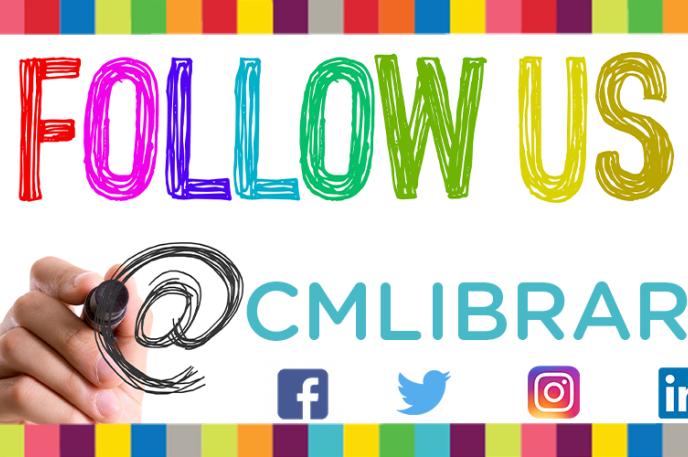
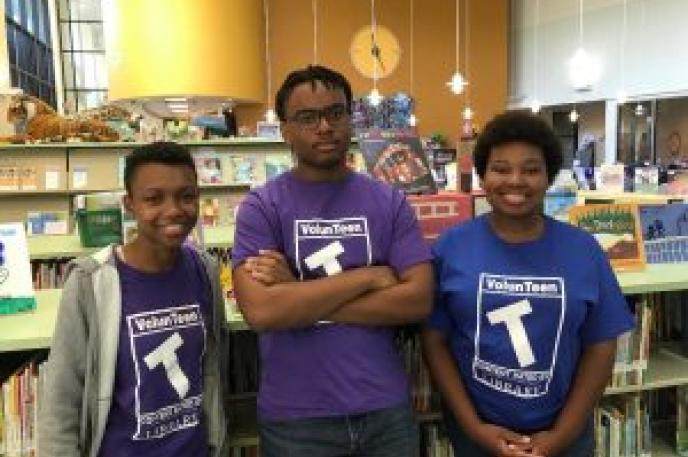
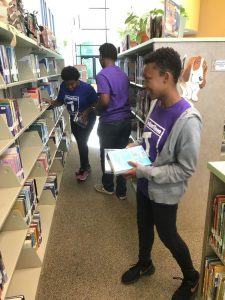 assisted with our Summer Reading Kickoff at the beginning of summer. Each intern operated a STEAM station and helped the Children’s Department with various projects such as, prepping Summer Reading materials, Summer Reading registration, book displays, and programs. They maintained weekly shelf-reading assignments which included pulling duplicate copies from our fiction and nonfiction collection as well as processed Book Sale items, and they have assisted the Circulation Department by pulling morning holds and processing daily delivery.
assisted with our Summer Reading Kickoff at the beginning of summer. Each intern operated a STEAM station and helped the Children’s Department with various projects such as, prepping Summer Reading materials, Summer Reading registration, book displays, and programs. They maintained weekly shelf-reading assignments which included pulling duplicate copies from our fiction and nonfiction collection as well as processed Book Sale items, and they have assisted the Circulation Department by pulling morning holds and processing daily delivery.  d that volunteering “gave her an excuse to read”. She never put books on hold before this summer, and now has a large stack. She also discovered ebooks and audiobooks and sometimes requests them at the same time!
d that volunteering “gave her an excuse to read”. She never put books on hold before this summer, and now has a large stack. She also discovered ebooks and audiobooks and sometimes requests them at the same time!

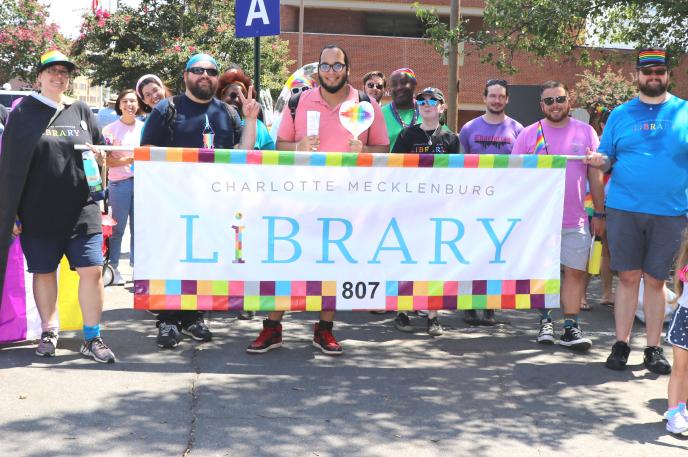
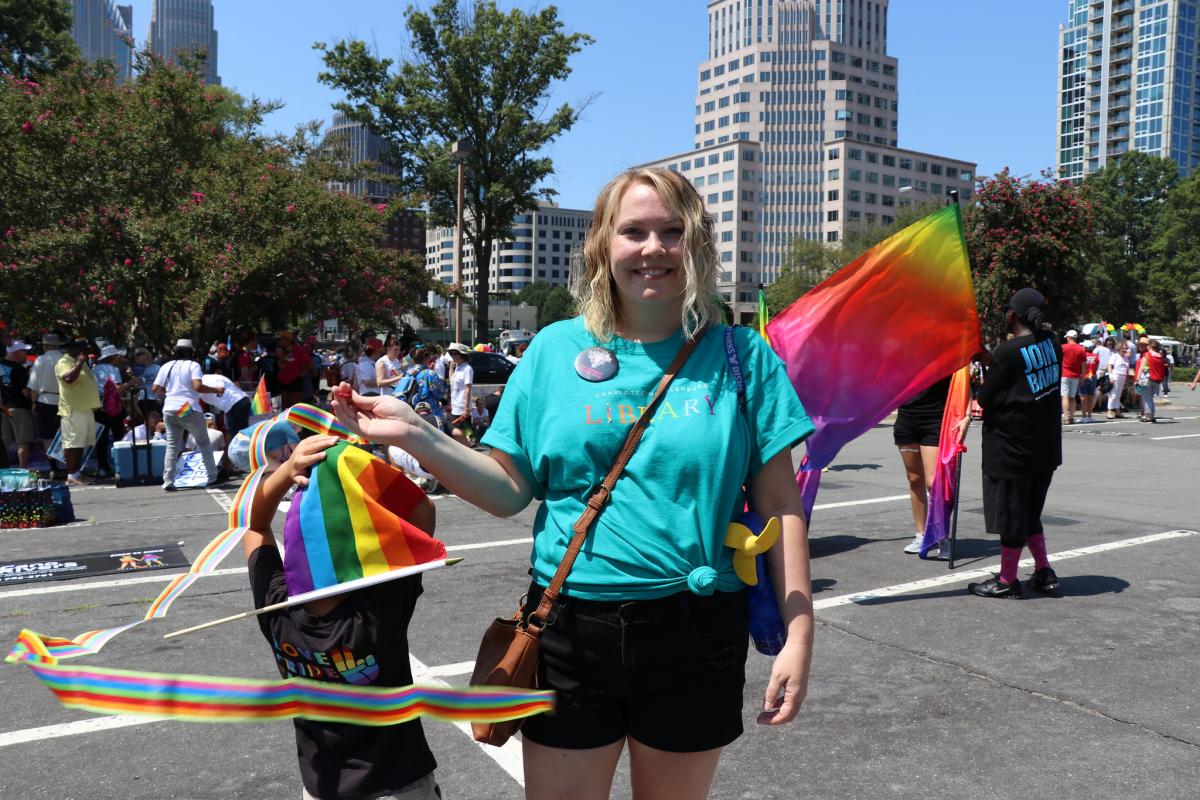 diversity and inclusion. As part of that mission, the Library started participating in the Pride Parade in 2018 by being one of the many groups to walk in the parade. Our group photo of that day gained the most likes on Instagram of all the library posts up to that point. During the parade, it was clear by the amount of people excitedly shouting, “It’s the library!” that our participation was important to our community.
diversity and inclusion. As part of that mission, the Library started participating in the Pride Parade in 2018 by being one of the many groups to walk in the parade. Our group photo of that day gained the most likes on Instagram of all the library posts up to that point. During the parade, it was clear by the amount of people excitedly shouting, “It’s the library!” that our participation was important to our community.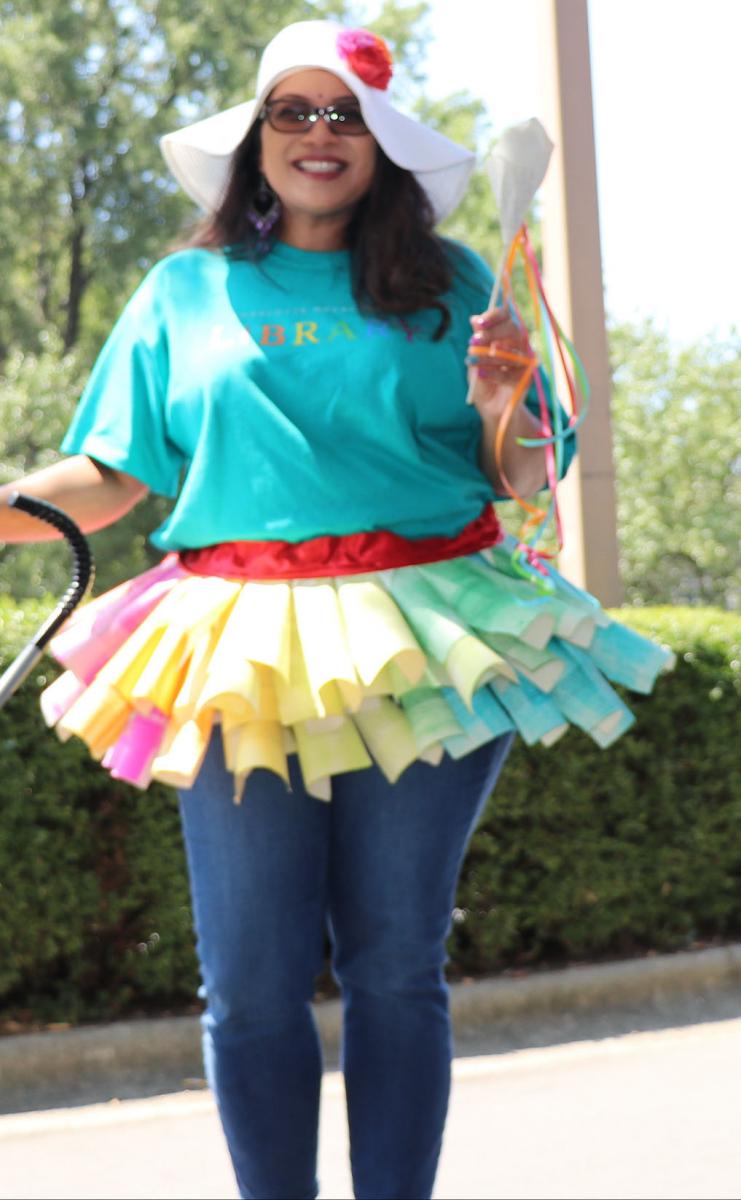 This year, 25 staff members and their families from different library locations participated in the parade and represented the system by walking. One of the participants said, “I’m so glad I was able to participate. Seeing how supportive and appreciative the community was makes me glad the Library is involved. I can’t wait to participate next year!” Those who were not able to attend the parade aided in various way leading up to the event. Thank you to all who supported our efforts to bring Library resources to the Charlotte community and helping us build a stronger community!
This year, 25 staff members and their families from different library locations participated in the parade and represented the system by walking. One of the participants said, “I’m so glad I was able to participate. Seeing how supportive and appreciative the community was makes me glad the Library is involved. I can’t wait to participate next year!” Those who were not able to attend the parade aided in various way leading up to the event. Thank you to all who supported our efforts to bring Library resources to the Charlotte community and helping us build a stronger community! 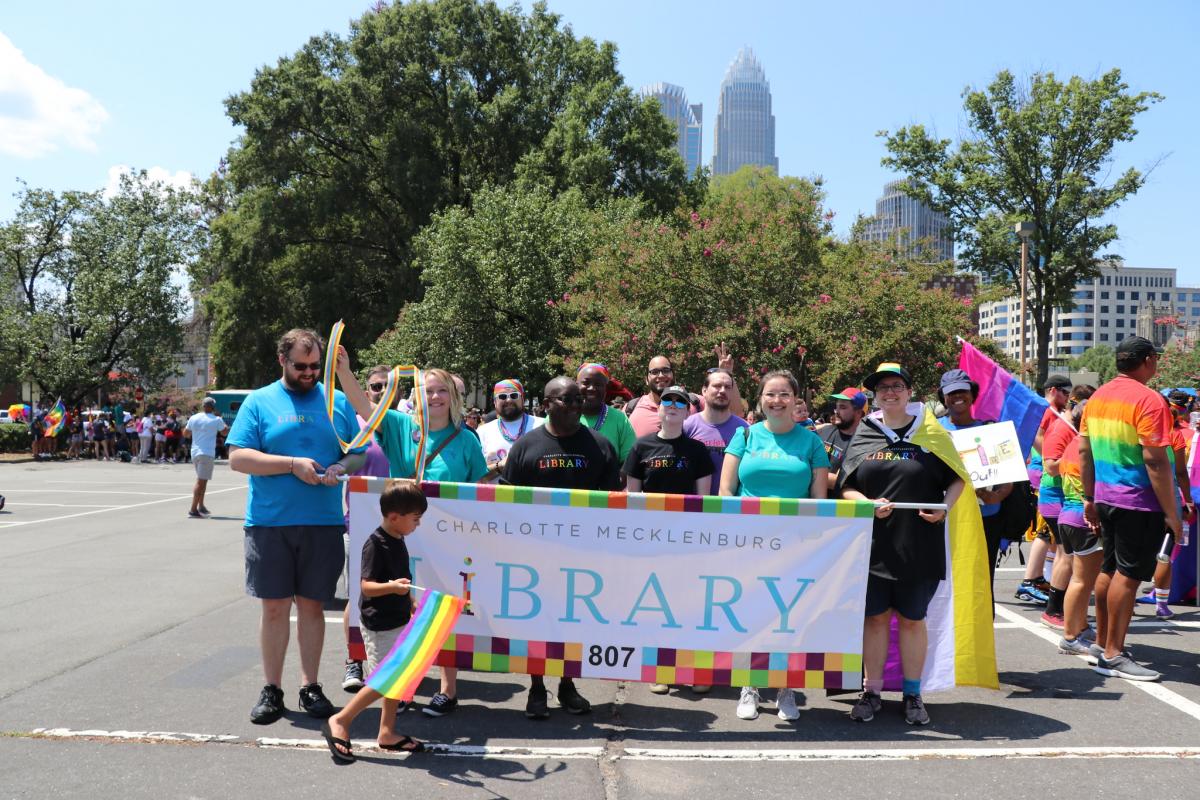 significant gay, lesbian, bisexual, transgender or queer/questioning content, aimed at children and youth from birth to age 18.
significant gay, lesbian, bisexual, transgender or queer/questioning content, aimed at children and youth from birth to age 18.
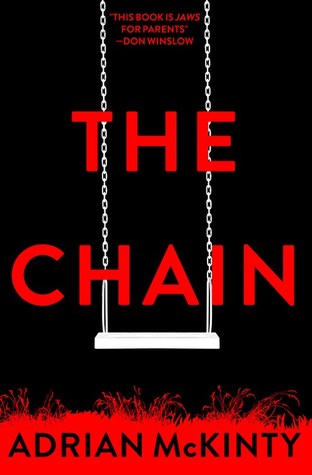 demand mystery books. For instance, the psychological thriller
demand mystery books. For instance, the psychological thriller 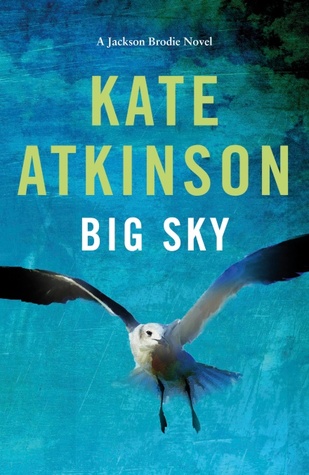 What other options do mystery lovers have for the remainder of the season? We suggest revisiting some of selections released earlier this year that might have been overlooked. Here’s a
What other options do mystery lovers have for the remainder of the season? We suggest revisiting some of selections released earlier this year that might have been overlooked. Here’s a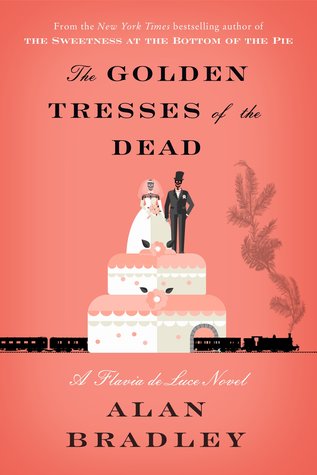 Lieutenant Eve Dallas to the witty English mystery
Lieutenant Eve Dallas to the witty English mystery